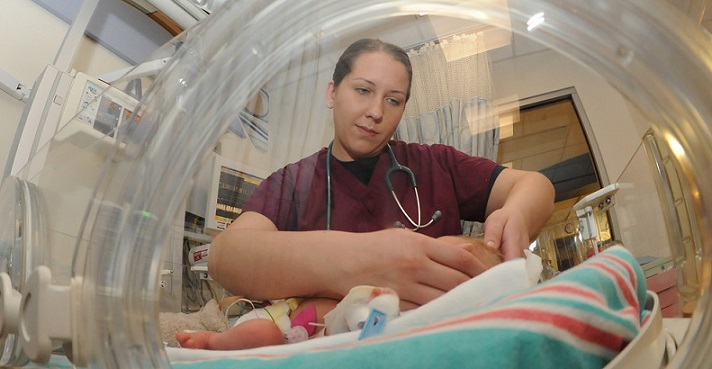Podcast: Play in new window

BOB HIRSHON (host):
Reading infants’ pain. I’m Bob Hirshon and this is Science Update.
In the past, doctors thought infants’ nervous systems were too immature to feel pain. Today, that view has changed. But despite caregivers’ best efforts, babies’ pain still goes undertreated because they don’t have the words to tell us they’re hurting. Now, researchers report in Science Translational Medicine that they’ve detected specific patterns of brain activity in babies undergoing routine, but painful medical procedures.
REBECCAH SLATER (University of Oxford):
And we don’t see these patterns in response to other equally arousing sensory stimulation, such a flash of light or a sound.
HIRSHON:
But according to Oxford perinatal neuroscientist Rebeccah Slater, applying topical anasthetics to site of the pain decreased the pain-related brain activity. She says the technique could be used to improve both detection and treatment of infants’ pain. I’m Bob Hirshon, for AAAS, the science society.
Story by Susanne Bard
